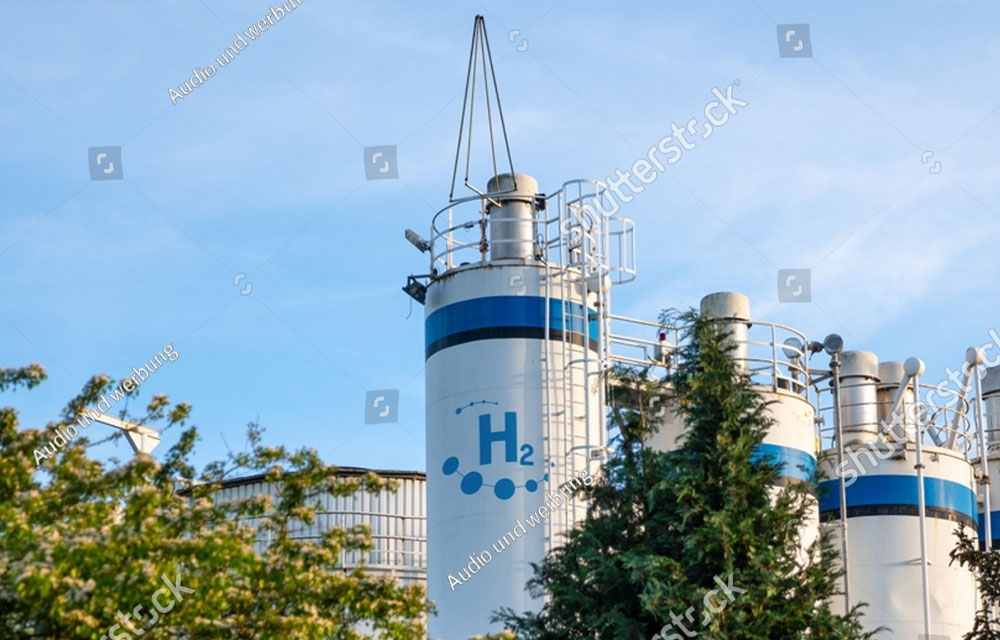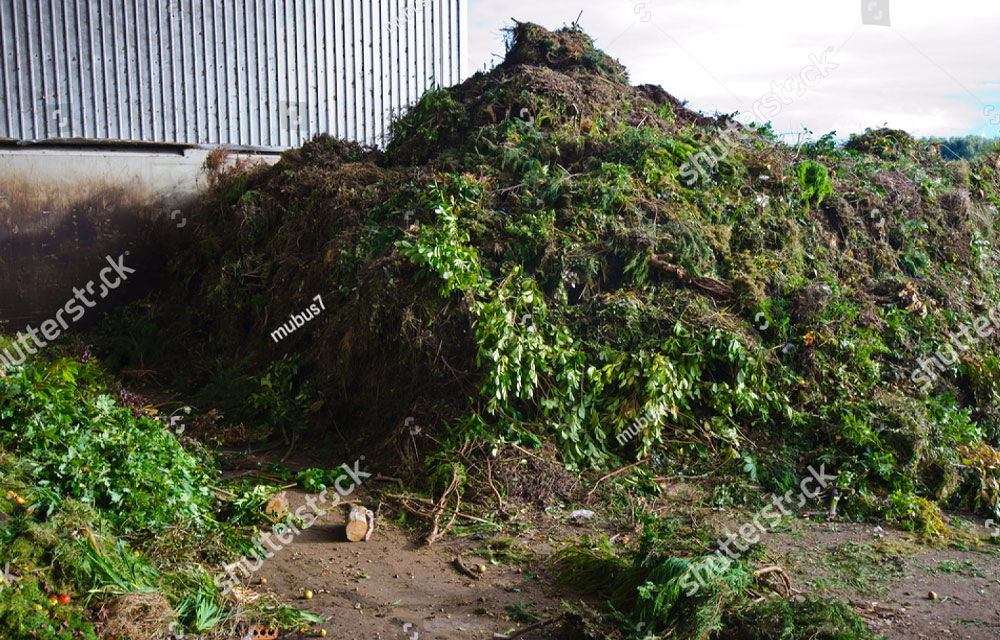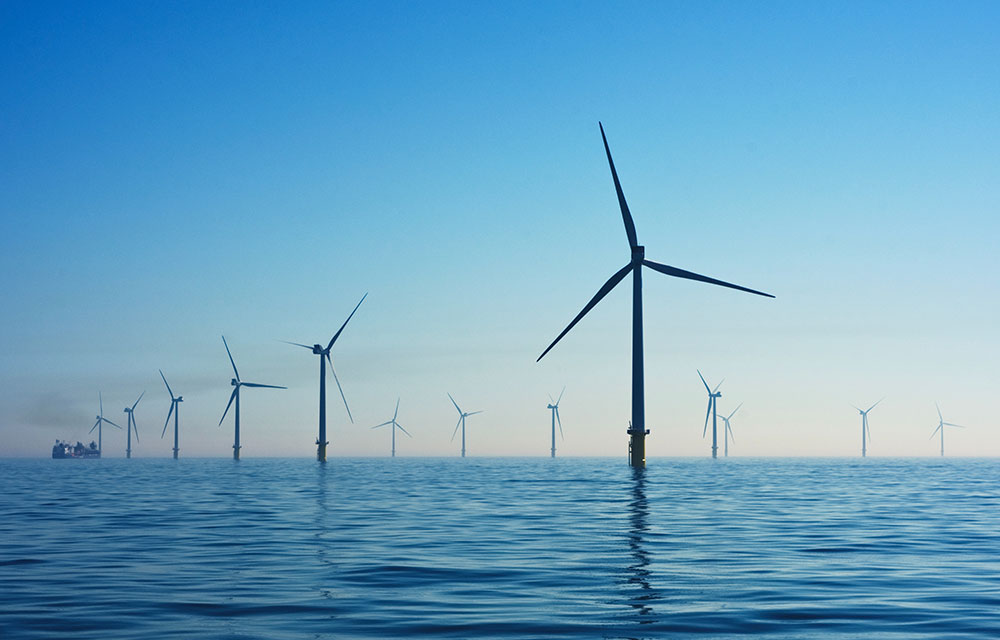Hydrogen | Manufacturing | Power
Solutions
The Greenhill Energy Solution: Waste to Hydrogen
‘Upcycling’ waste into low-cost clean hydrogen energy and high-value manufactured green industrial products such as green urea and synthetic fuels

Divert waste from landfill to produce low-cost clean hydrogen and higher value manufactured green industrial products as a sustainable circular solution to end-of-life plastics (including microplastics).
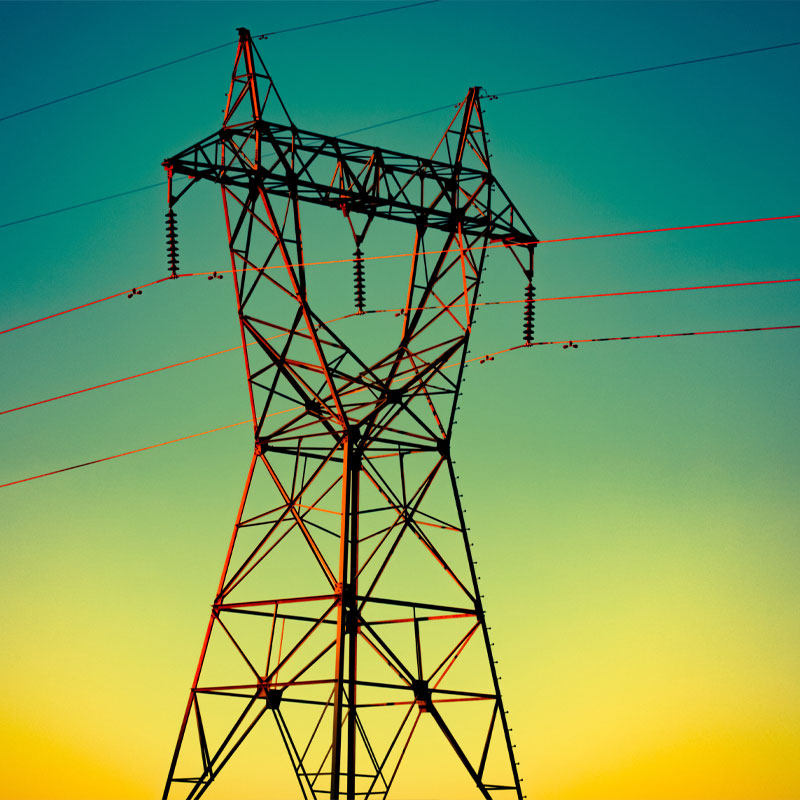
Low-cost clean hydrogen production as a competitive emission free fossil fuel alternative for use in manufacturing, gas supply, power generation and transport energy.
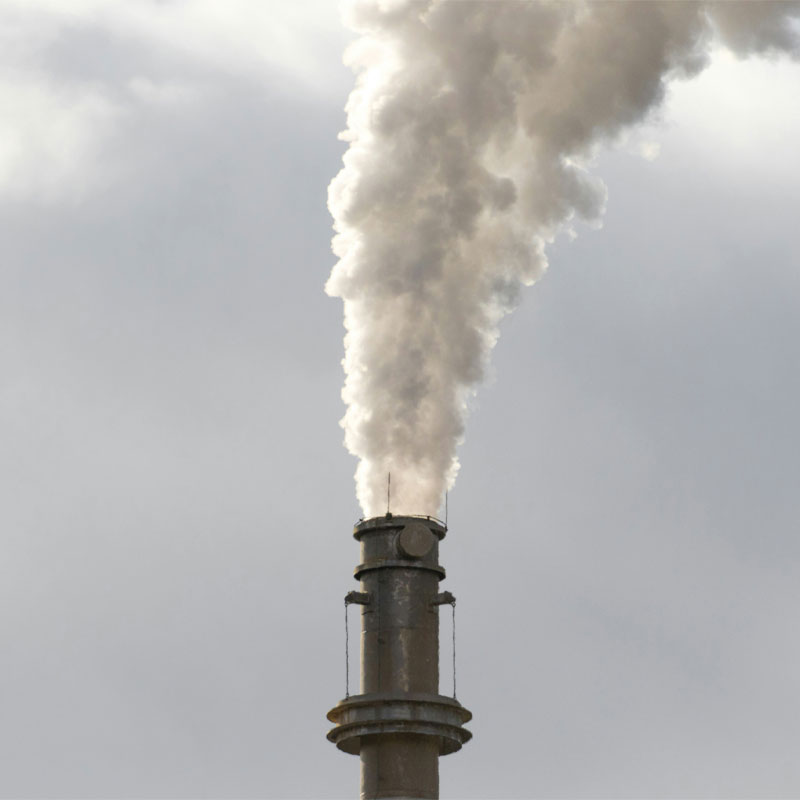
Net negative greenhouse gas emissions due to diversion of waste from landfill and the avoidance of +100 years of potent methane emissions.
Statistics
Australia produces approximately 76 million tonnes of waste each year with approximately 20 million tonnes attributed to landfill. (National Waste Report 2022)
Australia also produces almost 466 million tonnes of emissions annually with the energy sector the largest contributor to Australia’s carbon emissions. (Quarterly Update of Australia’s National Greenhouse Gas Inventory: March 2023)
Information
Landfill
Recycling is stockpiling and landfills are reaching their limits.
Greenhouse Gas Emissions
Are not reducing fast enough to reach the target of net zero by 2050.
Power Supply
Energy markets are overpriced, volatile and internationally exposed.
GHE Solution of manufacturing hydrogen from waste means reduced landfill, fewer and cleaner emissions and more energy choices for Australia.
Greenhill Energy’s conversion of biomass and landfill waste into high value hydrogen derived supply and manufactured products for use in existing supply chains, such as Urea. Urea is the most used fertilizer in Australia, and currently imported. The production of Urea uses CO2 which reduces greenhouse gas emissions.
Greenhill Energy’s production of low-cost hydrogen creates supply into new markets such as mobility and transport, and gas pipelines and energy networks creating opportunities for competitive and emission free high-value firm power generation for the wholesale electricity market. This not only has significant ESG benefits, but also creates an opportunity to generate carbon emission credits.
Waste-To-Hydrogen
The process flow and technology used for taking biomass and landfill wastes through the waste-to-hydrogen process (i.e. through to syngas production). Manufacturing and supply solutions / end uses for syngas:
- Hydrogen
- Biochar
- Urea
- Adblue
- Ammonia
- Power
- Industrial or Food Grade CO2
Where is this done elsewhere?
Around the world
Greenhill Energy have developed their own unique solution for ‘waste to hydrogen’. Here’s some examples of how the industry is growing around the world;
California USA
Raven SR is a green and food waste-to-hydrogen production facility to supply hydrogen fuel to transport markets in Northern California. The first production is targeted for early 2024, producing up to c.2,400 tonnes per year of renewable hydrogen.
Egypt & Oman
The Egyptian hydrogen plant expected to use 4 million tonnes of feedstock per year (organic waste and non-recyclable plastic) to produce 300,000 tonnes of green hydrogen at half the levelized cost of current green hydrogen technologies. The US$1.4B facility in Oman will convert up to 1 million tonnes per year feedstock of collected Municipal Solid Waste and mined from landfills, producing exports of 67,000 tonnes of green hydrogen and one million tonnes of industrial grade CO2 per year.
Netherlands
Based in Germany, RWE is the world’s second largest offshore wind power and Europe’s third largest renewable energy company. The plant will process 700,000 tonnes of landfill per year, produce c.54,000 tonnes of green hydrogen per year and avoid over 400,000 tonnes of CO2 emissions per year (and up to 3.6 million tonnes in 10 years’ time).
